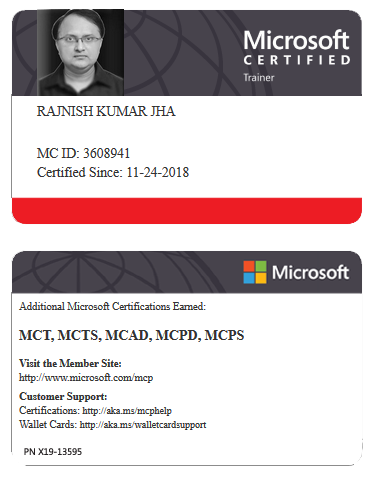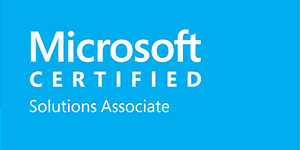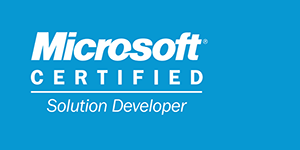Using Git Hooks for specific use-cases to meet your requirement
Git hooks can be tailored to meet various needs, such as improving code quality, automating deployments, and integrating CI/CD workflows. Below are some common use cases with examples on how to implement them using Git hooks.
1. Code Quality and Validation
Use Case: Ensuring code quality with automatic linting and testing (pre-commit hook)
Objective:
Run tests and linting before committing code to ensure high code quality.
Implementation:
Create a
pre-commit** hook:**xxxxxxxxxx312npm run lint3npm testHow it Works: The
pre-commithook runsnpm lintandnpm testbefore each commit, ensuring no code is committed without passing these checks.
2. Automation with CI/CD Pipelines
Use Case: Automating builds and deployments using a post-merge hook
Objective:
Trigger builds and deployments after successful merges into the main branch.
Implementation:
Create a
post-merge** hook:**
xxxxxxxxxx31echo "Triggering deployment after merge..."3./deploy.shHow it Works:
After merging code into main, the post-merge hook executes the deployment script (deploy.sh) to deploy the latest code to production.
3. Security Checks
Use Case: Enforcing security scans with pre-push hook
Objective:
Ensure security scans pass before pushing code to remote repositories.
Implementation:
Create a
pre-push** hook:**
xxxxxxxxxx21npm run security-checkHow it Works:
The pre-push hook runs a security scan using tools like Snyk, OWASP, or custom security scripts before pushing changes.
4. Code Review and Collaboration
Use Case: Automatically requesting code reviews (pre-merge hook)
Objective:
Ensure a review process is completed before merging a pull request into a protected branch.
Implementation:
Create a
pre-merge** hook:**
xxxxxxxxxx51if ! git rev-parse --verify --quiet origin/main; then3echo "Merge not allowed without an approved pull request."4exit 15fiHow it Works:
The pre-merge hook ensures that a pull request has been approved before merging into the main branch.
5. Logging and Notifications
Use Case: Automatically log commits and notify stakeholders (post-commit hook)
Objective:
Create a log of commits and notify team members or stakeholders.
Implementation:
Create a
post-commit** hook:**
xxxxxxxxxx31git log -1 HEAD --stat > ~/commit-summary.txt3echo "Commit summary generated."How it Works:
After each commit, the post-commit hook generates a summary of the commit and stores it in a text file, allowing easy review by the team.
6. Cleanup and Maintenance
Use Case: Automatically delete old branches (post-receive hook)
Objective:
Automatically delete branches older than a certain period after they are merged.
Implementation:
Create a
post-receive** hook:**
xxxxxxxxxx31find . -name 'feature/' -mtime +30 -exec git branch -d {} \;3echo "Old branches deleted."How it Works:
The post-receive hook deletes branches older than 30 days, ensuring the repository stays clean.
Best Practices for Implementing Git Hooks
Keep Hooks Simple: Avoid complex logic in hooks that might lead to failure or maintenance issues.
Error Handling: Ensure hooks handle errors gracefully to avoid halting Git operations unexpectedly.
Testing: Test hooks in a non-production environment before deploying to production.
Documentation: Document the purpose and use of each hook for the development team.






















Leave a Reply